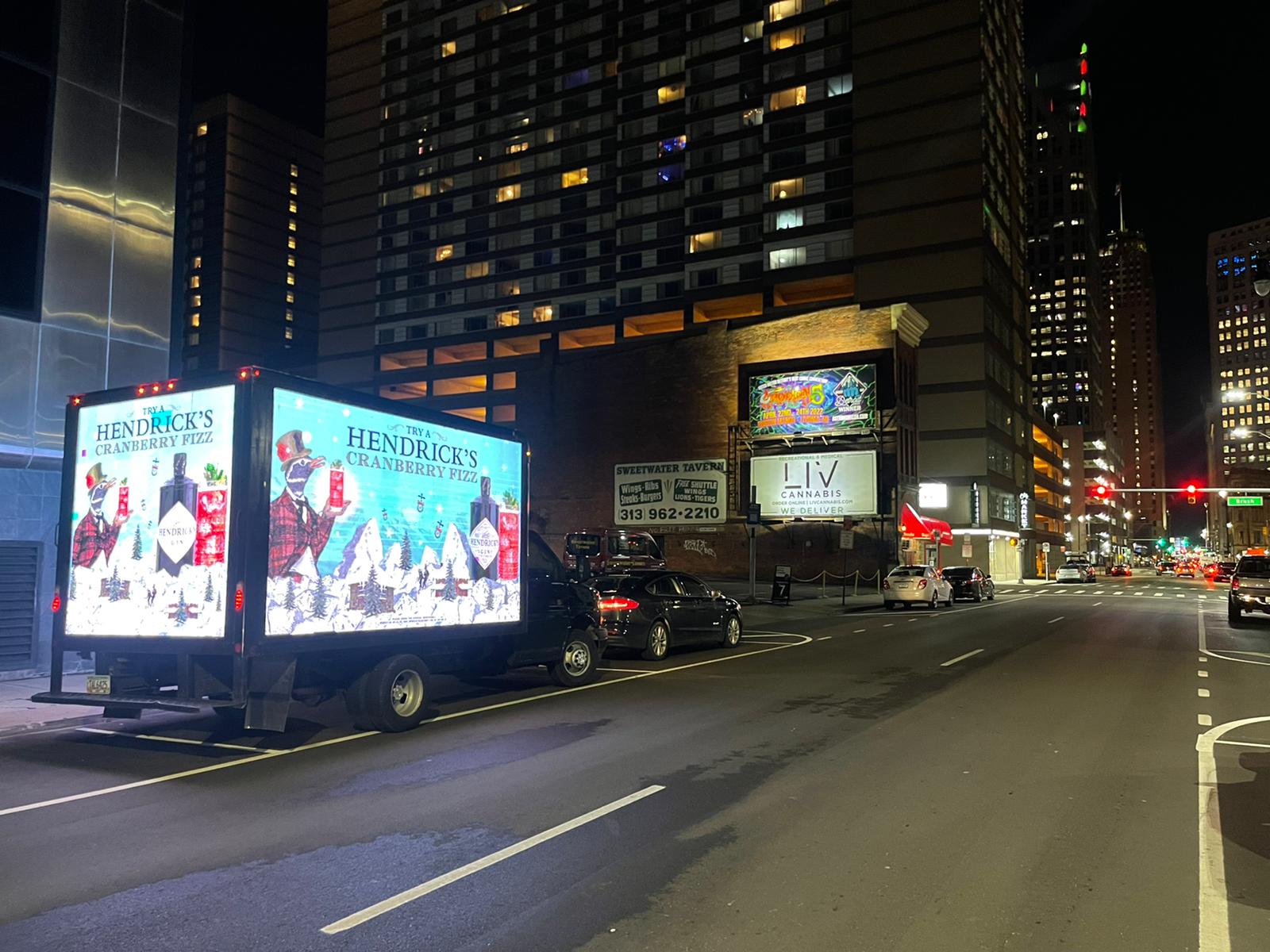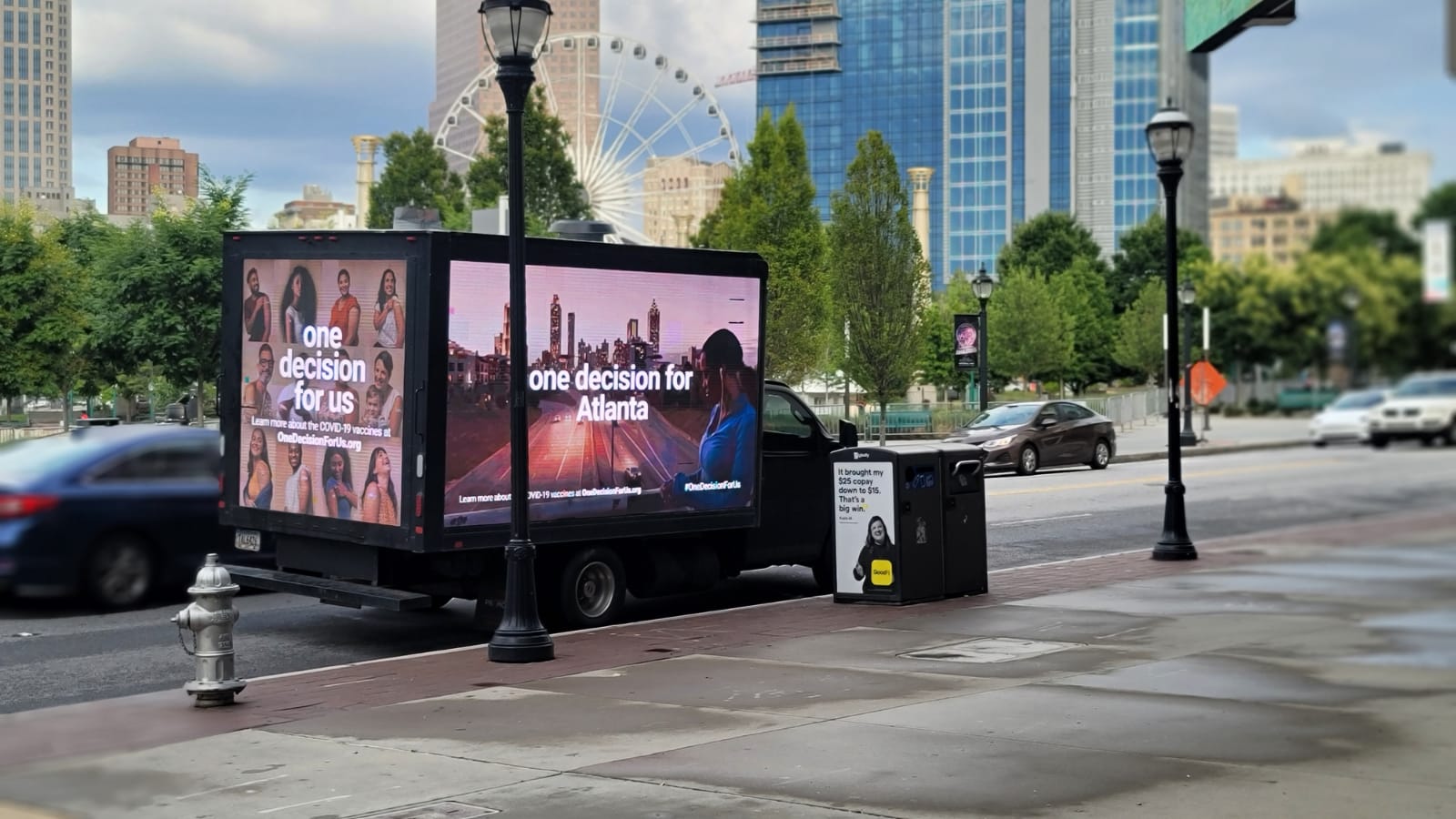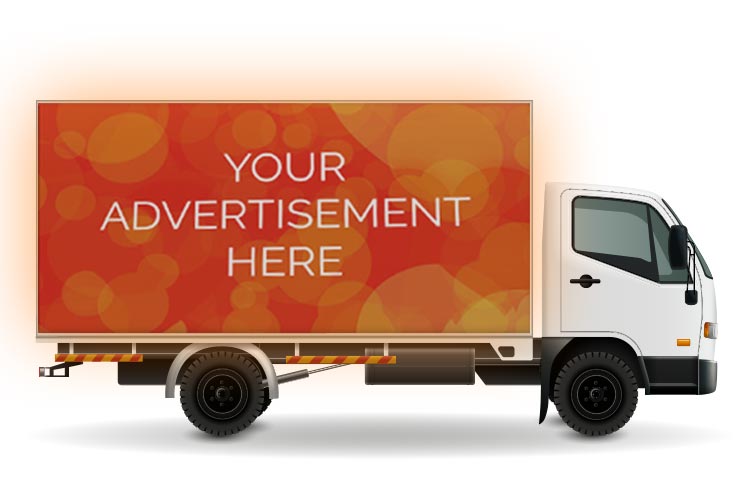Innovative Design Trends in Mobile Digital Truck Ads
Catching eyes is the game-changer, and right now, all eyes are on mobile digital truck ads. Specifically, LED trucks are stealing the spotlight as pioneers of innovation, using the latest design trends to make sure their campaigns don’t just roll by but leave a lasting impact on the audience. In this article, we’ll explore the latest design trends that make LED trucks the avant-garde of truck billboard advertising, turning heads and transforming spaces.
Going Beyond Static Imagery
The days of static billboards are fading, replaced by dynamic LED displays that breathe life into advertisements. LED trucks are at the forefront, boasting high-resolution screens that can showcase a spectrum of visuals – from vibrant images to engaging videos. This dynamic versatility ensures that the audience is not just seeing an ad; they are experiencing it.
High-Resolution Brilliance
These screens boast pixel densities that bring visuals to life with unparalleled clarity and vibrancy. Whether it’s a striking image or a captivating video, the details are rendered with such precision that every pixel contributes to the overall brilliance of the message.
Motion and Fluidity
Static billboards are static for a reason – they lack the dynamism that can hold an audience’s gaze. Dynamic truck billboard advertising overcomes this limitation by introducing motion and fluidity into advertisements. The ability to showcase videos or animations enables advertisers to tell stories that unfold seamlessly, capturing the viewer’s attention and holding it captive throughout the ad’s duration.
Versatility in Content Delivery
One of the key advantages of dynamic LED displays is their versatility in content delivery. These displays can transition seamlessly between various types of content – from images to videos to animated graphics. This adaptability ensures that advertisers have a multifaceted toolkit at their disposal, allowing them to tailor content to different audiences and scenarios.
Day-and-Night Visibility
Unlike traditional billboards that fade into obscurity after sunset, dynamic LED displays shine even brighter in the dark. Backlit by the vibrant glow of LEDs, these displays ensure that the message is visible and impactful day and night. This 24/7 visibility extends the reach of campaigns, maximizing exposure and engagement.
Dynamic Targeting and Messaging
Dynamic LED displays also enable advertisers to implement targeted messaging based on various factors such as location, time of day, or even real-time events. This dynamic targeting ensures that the content remains relevant and resonant, adapting to the ever-changing context of the surrounding environment. For instance, a morning commute might have a different message than an evening drive.
Interactive Engagement
Interactivity is the new frontier in advertising, and truck billboard advertising is embracing it with open pixels. Incorporating touch-sensitive displays, these trucks invite viewers to engage directly with the content. Whether it’s games, polls, or interactive storytelling, this trend transforms the traditional ad experience into a memorable, participatory event.
- LED trucks can host mini-games, quizzes, or challenges, turning the urban landscape into a dynamic gaming arena. This not only captures attention but also prolongs the exposure time.
- Viewers can, for instance, participate in live polls displayed on the truck’s screens or share their experiences directly from the interactive interface.
- 3D mapping and AR technologies empower advertisers to break free from the confines of the screen. By using mobile devices, pedestrians can unlock AR content related to the advertisement, adding an extra layer of depth to the experience.
Real-Time Content Updates
Staying current is paramount. LED trucks equipped with real-time content updates ensure that campaigns remain fresh and relevant. Whether it’s live social media feeds, real-time promotions, or event updates, these trucks keep the audience hooked with content that’s as current as the moment it’s viewed.
- Whether it’s a social media buzz, a trending topic, or a spontaneous event, advertisers can seamlessly integrate these elements into their campaigns.
- Imagine a truck displaying real-time tweets, Instagram posts, or Facebook updates related to the advertised product or service.
- For campaigns aligned with specific events or occasions, real-time content updates allow for instantaneous adjustments. Advertisers can now tailor their messages based on location, ensuring that your experience with a mobile advertising truck near me is not just engaging but also highly relevant.
- LED trucks can be equipped to display emergency messages, public service announcements, or urgent alerts.
Energy-Efficient Design
As the world gravitates towards sustainable practices, LED trucks are aligning with this ethos. Incorporating energy-efficient design elements, these trucks are not only visually striking but also environmentally conscious. LED technology, known for its energy efficiency, allows for a brilliant display without compromising on sustainability.
LEDs are known for their energy efficiency compared to traditional lighting methods, translating to lower energy consumption and operational costs. For example, advanced LED systems offer precise brightness control. This not only allows for optimal visibility in various lighting conditions but also enables advertisers to adjust brightness levels.
Also, solar panels can harness solar energy during daylight hours, reducing reliance on external power sources and minimizing the environmental impact of the campaigns.
In conclusion, the evolution of mobile digital truck ads, particularly in the realm of LED trucks, is a testament to the transformative power of design. These vehicles are not just conveying messages; they are crafting experiences, blending technology, creativity, and sustainability into a compelling package.

















